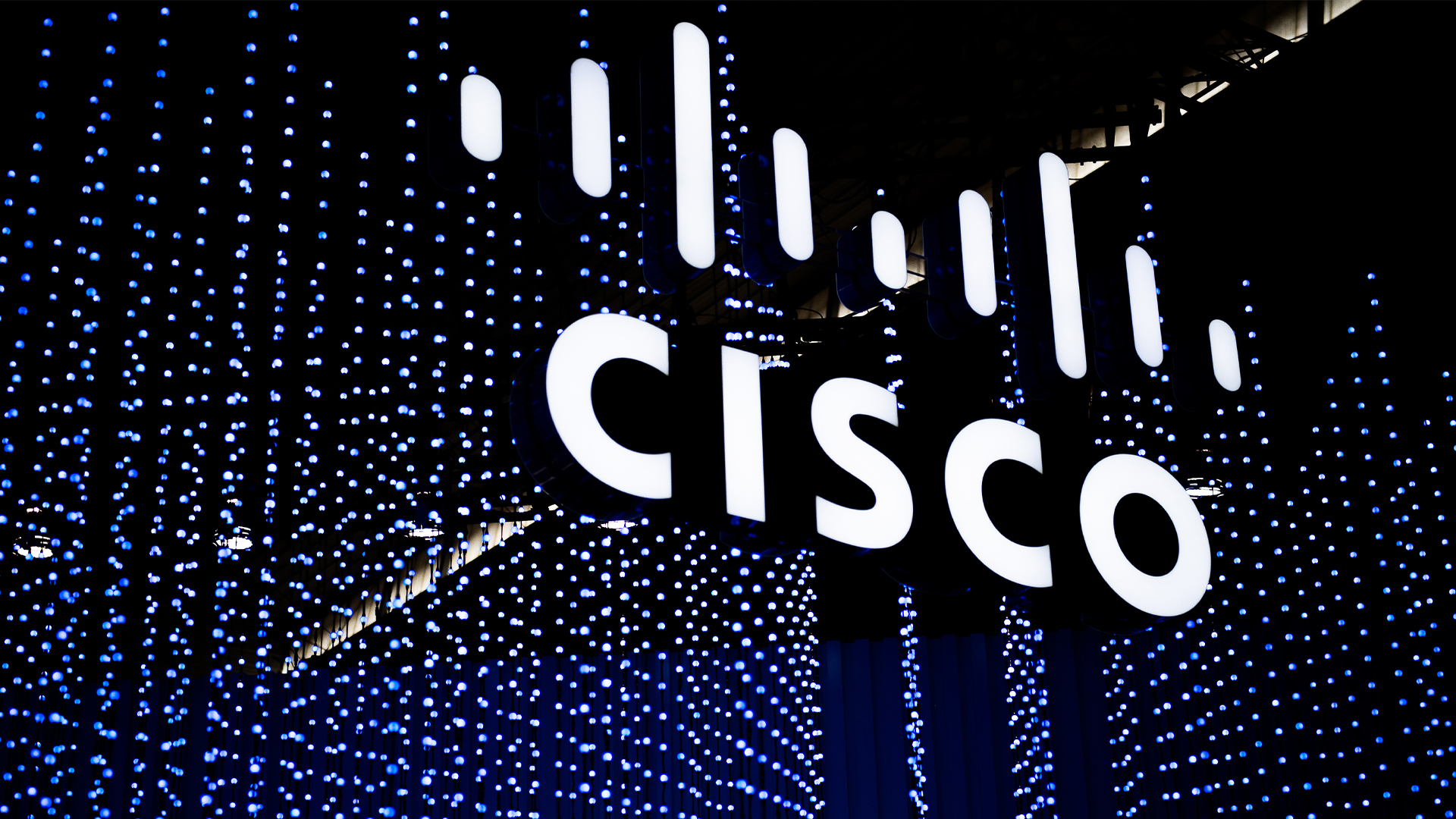How the channel can lend a helping hand in a post-COVID landscape
The channel has evolved to offer new technologies, but it’s vital that this process happens faster than ever

Organisations across all industries are changing working practices in response to COVID-19. The lockdown has forced those who can into widespread remote working, while others have adopted new, innovative services to replace normal activities. We’re witnessing companies being inventive in a variety of ways, but one factor that connects them all is the rapid acceleration of digital transformation.
While many would have had a long-term plan in place for the adoption of technology, the demands of COVID-19 have seen timetables greatly accelerated and altered. Take the NHS, for example. Much has been said about how technology can ease some of its pressures and slowly these technologies have historically been introduced. But fast-forward to 2020 and it has undergone years of transformation in the space of a few months. Out of necessity, some of the ‘red tape’ has been stripped back and new hospitals are being connected rapidly, while GPs are consulting remotely, and patients are speaking to loved ones from ICU beds via connected devices.
For others, technology adoption has been completely forced upon them. Unplanned and rapid, digital transformations have been kickstarted and businesses now find themselves on a journey they gave little thought of being on even weeks before the lockdown started.
Whatever the case, as we move into the ‘new normal’ and lockdown stretches past what most thought would be its original duration, companies will require a helping hand. They will need a partner to help navigate through the current environment and ensure they have access to the most suitable solutions for both current and future needs; the channel has never been more important.
How can the channel adapt?
The channel has consistently evolved to offer new technologies, but it’s now vital that this process happens faster than ever, and in a variety of ways, to support new timelines and digital transformation journeys. The rapid adoption of new technology has required additional sales services; companies need to understand which solutions are right for them and how to extract maximum value from them. The post-COVID world will see increased digital infrastructure spend, and the expectation for more comprehensive services will grow as technology becomes more critical.
Therefore, channel operators will need to manage how they can keep service levels high, while also improving sales and lowering costs. This may involve analysing client lists and ceasing relationships with certain customers so more resources can be focused on others; spreading too thinly will be detrimental to all.
Another decision is whether to rely on a physical office. Not only will likely social distancing regulations greatly decrease capacity, but the situation has proven that productive remote working is possible. That raises questions around whether centralised locations are now necessary and if partners can operate with greater agility and deliver a better service when employees are spread nationwide and beyond.
Stay up to date with the latest Channel industry news and analysis with our twice-weekly newsletter
Enhanced deployment and support agility are also key as they will have more influence in future procurement decisions. Companies have been rapidly adopting technology throughout coronavirus and they will expect future deployments to be handled in the same manner. Channel organisations must also assess if bottlenecks exist when delivering deployments and streamlining.
A new era requires new selling
Channel sellers will need to be upskilled. The channel is known for being a vocal community, both in terms of networking and selling, but there will be a push for more digital and self-serve selling. Operators will also need to find new ways to add value and close deals. Additionally, in some cases, customers’ longer-term digital strategies may have to be prioritised over short-term deals.
Some of the sales status quos will need to change too. Organisations are now hesitant to agree to deals that last years and, in response, the channel must be more accommodating along the entire chain. This could include suppliers offering more short-term deals that have reduced cancellation fees, for instance. For the foreseeable future, businesses will be operating with the utmost fiscal caution and the channel must be adaptable to such pressure.
To support this change of approach, partners should be in open dialogue with customers to understand how requirements are evolving. There has to be a balance between providing tools that address short-term issues and those that facilitate future plans – such as incorporating the Internet of Things (IoT) or harnessing 5G.
Facilitating the digital future
COVID-19 has created a period of transition with plans and timetables hastily rewritten. Digital transformation has been greatly accelerated and companies now either find themselves much further along in their journeys, or on a completely new one. As such, digital spending will increase as companies look to continue the momentum gained in the last few months.
Ensuring the most value is driven from current and future adoption will see many companies turning to the channel for assistance and operators must evolve to meet new demands. Customers need partners to be agile, and this will require new skills, selling processes and an adjustment from the status quo. In order to support the new landscape and cultivate profitable relationships, the channel needs to be a flexible resource.
Gavin Jones is director of channel with BT Wholesale
-
 LastPass hit with ICO fine after 2022 data breach exposed 1.6 million users
LastPass hit with ICO fine after 2022 data breach exposed 1.6 million usersNews The impact of the LastPass breach was felt by customers as late as December 2024
-
 OpenAI says future models could have a ‘high’ security risk
OpenAI says future models could have a ‘high’ security riskNews The ChatGPT maker wants to keep defenders ahead of attackers when it comes to AI security tools
-
 Cisco names Oliver Tuszik as global sales chief
Cisco names Oliver Tuszik as global sales chiefNews Cisco has announced the appointment of Oliver Tuszik as its new executive vice president of global sales, who replaces Gary Steele.
-
 Selling on outcomes, not solutions – how the channel can improve sales success in 2025
Selling on outcomes, not solutions – how the channel can improve sales success in 2025Industry Insights The traditional solutions-led approach to channel sales needs to be adapted – here’s how
-
 Wasabi Technologies promotes Jon Howes to SVP of global sales
Wasabi Technologies promotes Jon Howes to SVP of global salesNews The industry veteran will lead the cloud storage firm’s global sales operations as it looks to further growth
-
 Why technology resellers are essential to UK government
Why technology resellers are essential to UK governmentIndustry Insights Technology resellers can play a pivotal role in supporting public sector digital transformation
-
 How the channel can maximize market opportunities for business growth
How the channel can maximize market opportunities for business growthIndustry Insights Adapting to emerging technology trends, fostering closer client relationships, and building a strong online presence will be key to maximizing channel growth
-
 Understanding the customer journey is key to building stronger client relationships
Understanding the customer journey is key to building stronger client relationshipsIndustry Insights Understanding the complexities of the modern customer journey will be key to fostering robust, long-term relationships with clients
-
 Building channel resilience in 2023 and beyond
Building channel resilience in 2023 and beyondIndustry Insights Building a resilient, robust channel ecosystem could be key to weathering current economic trends
-
 Veritas bolsters partner program with new incentives and rewards
Veritas bolsters partner program with new incentives and rewardsNews A simplified channel platform process will enable partners to focus on their core strengths in FY24, the company says